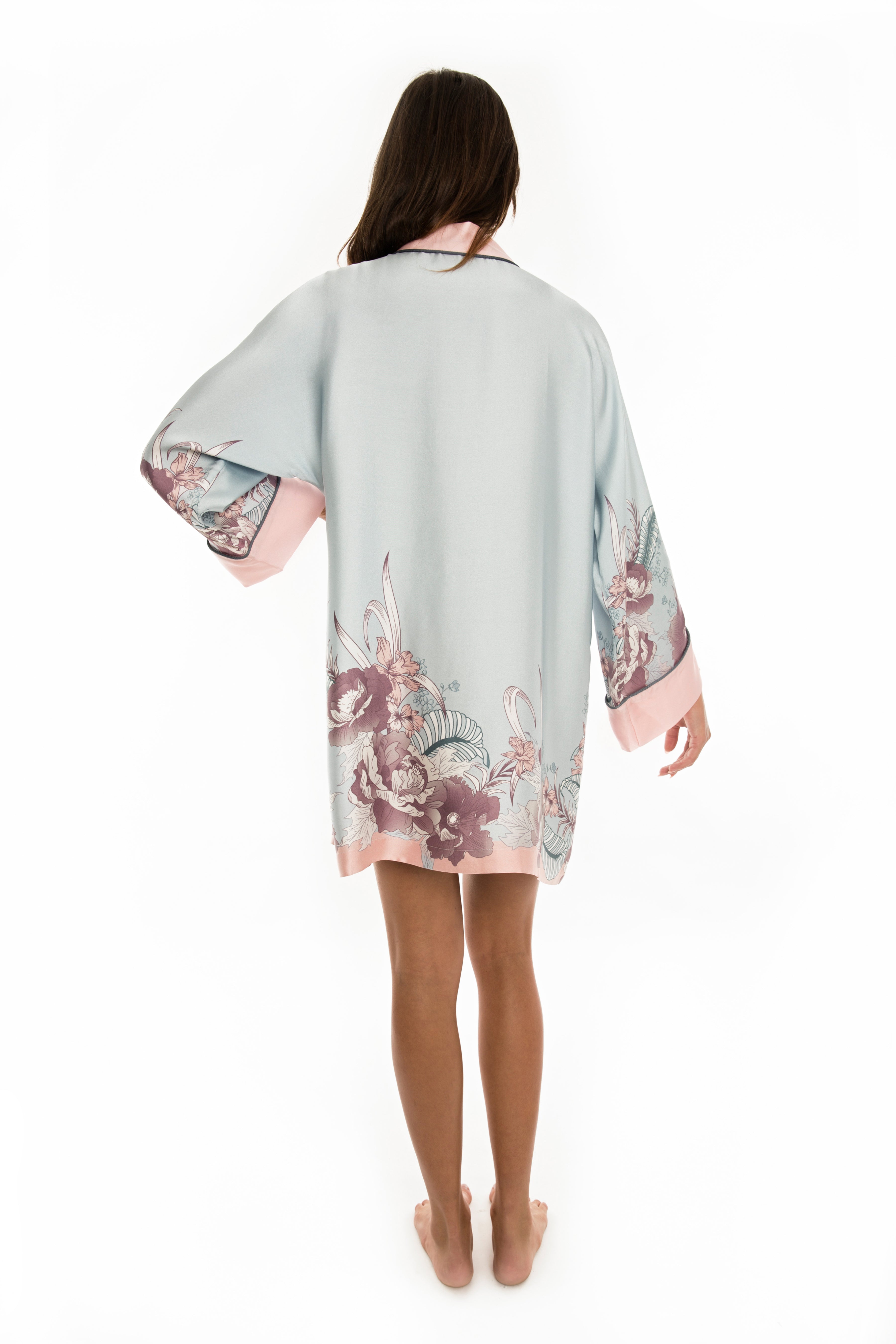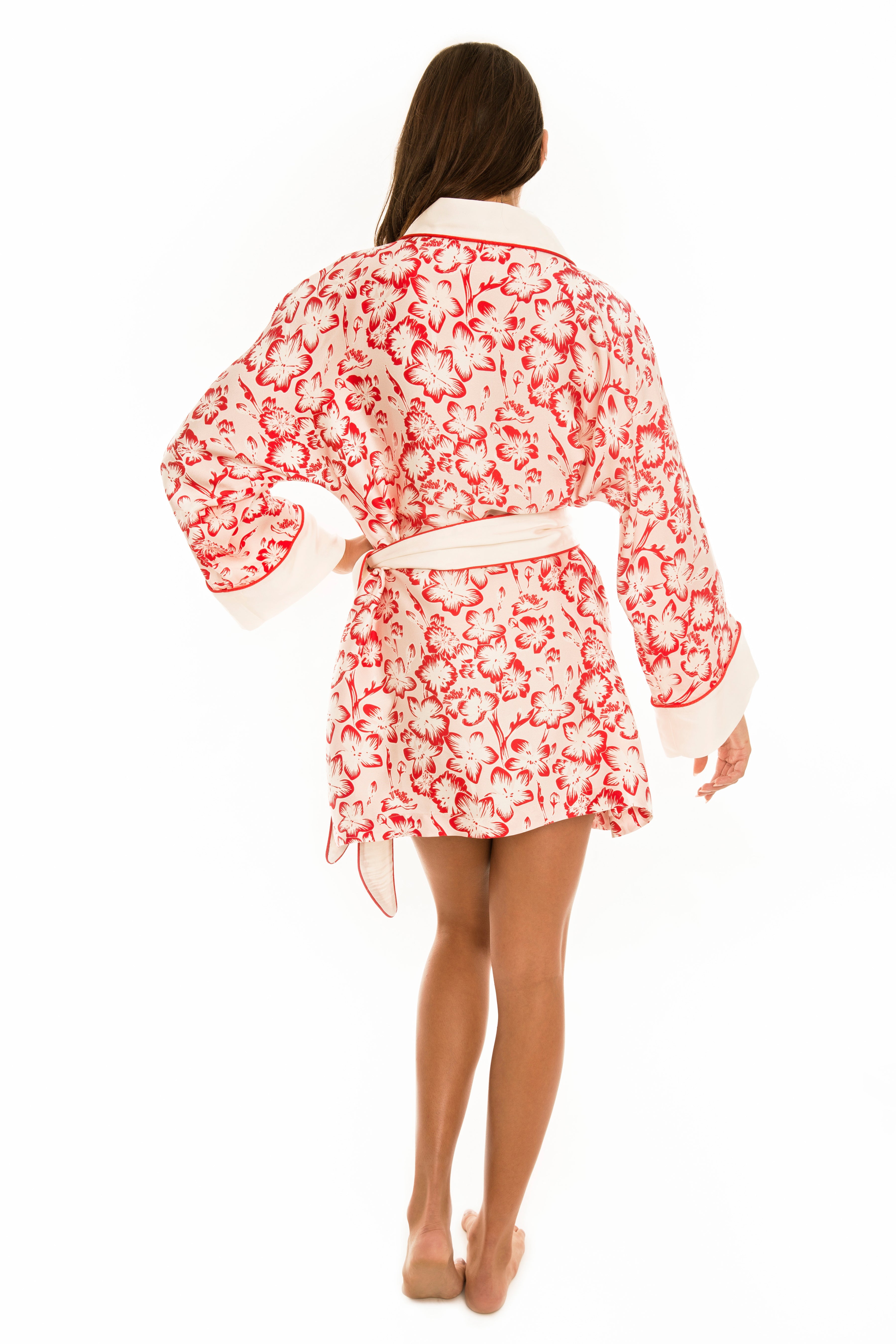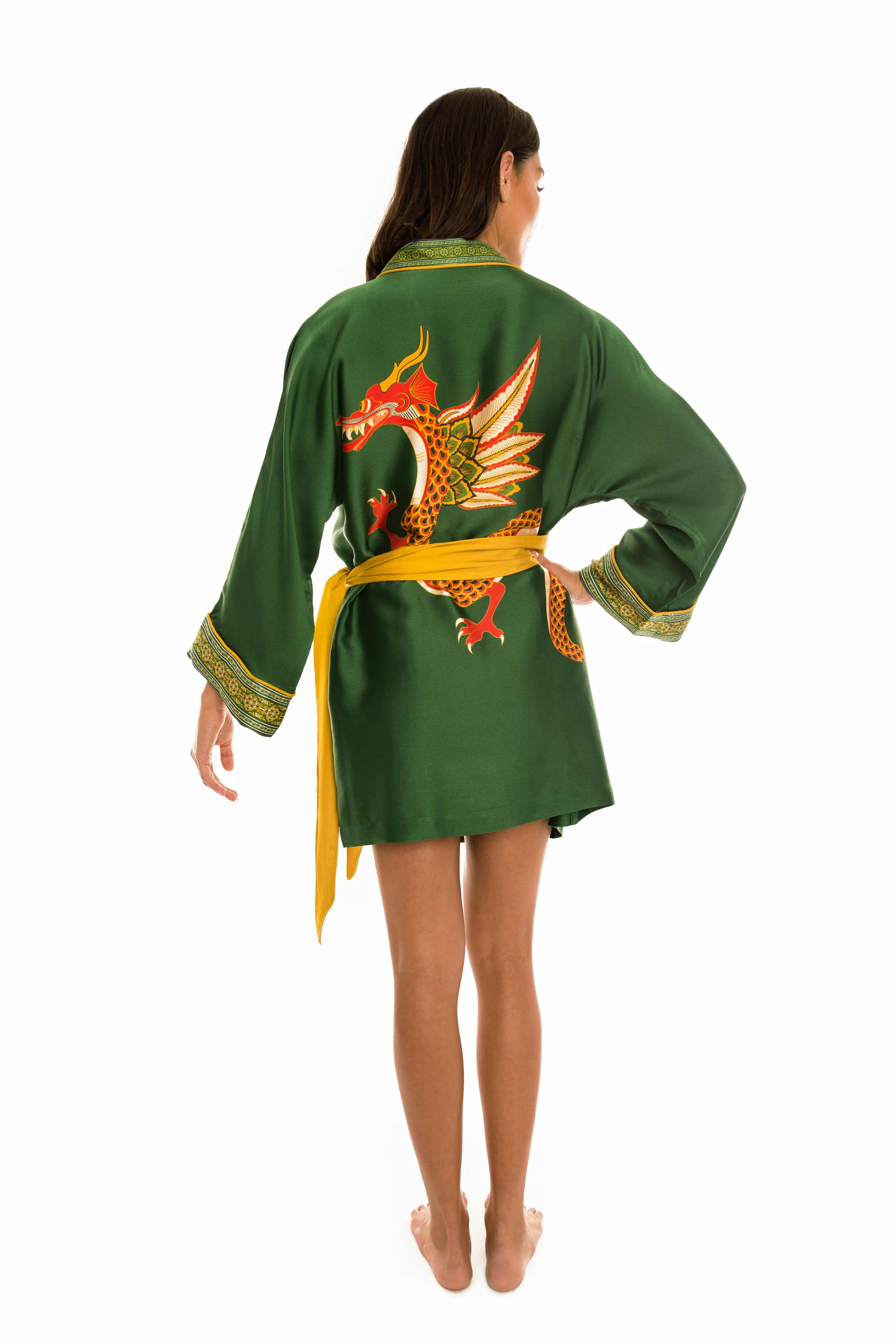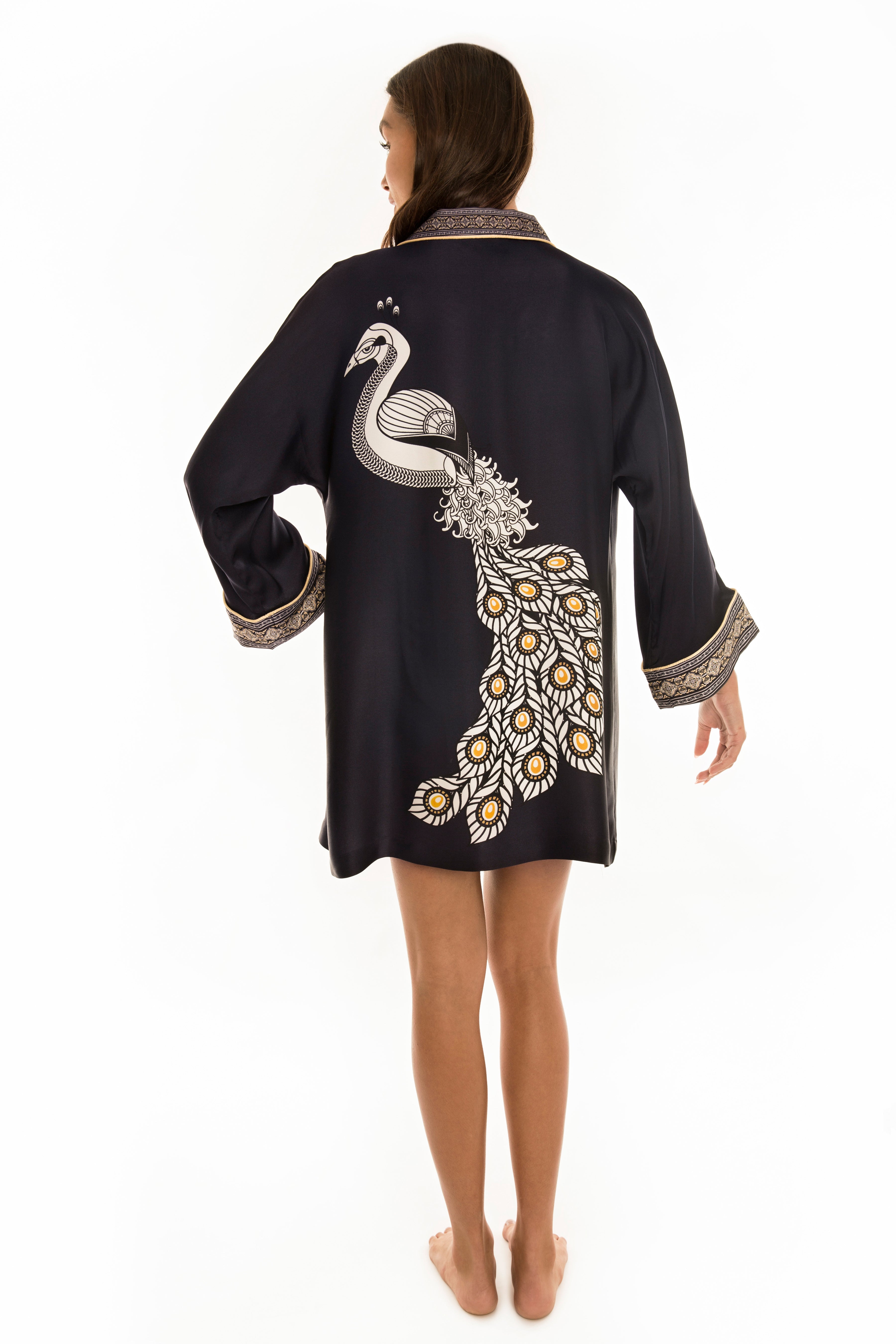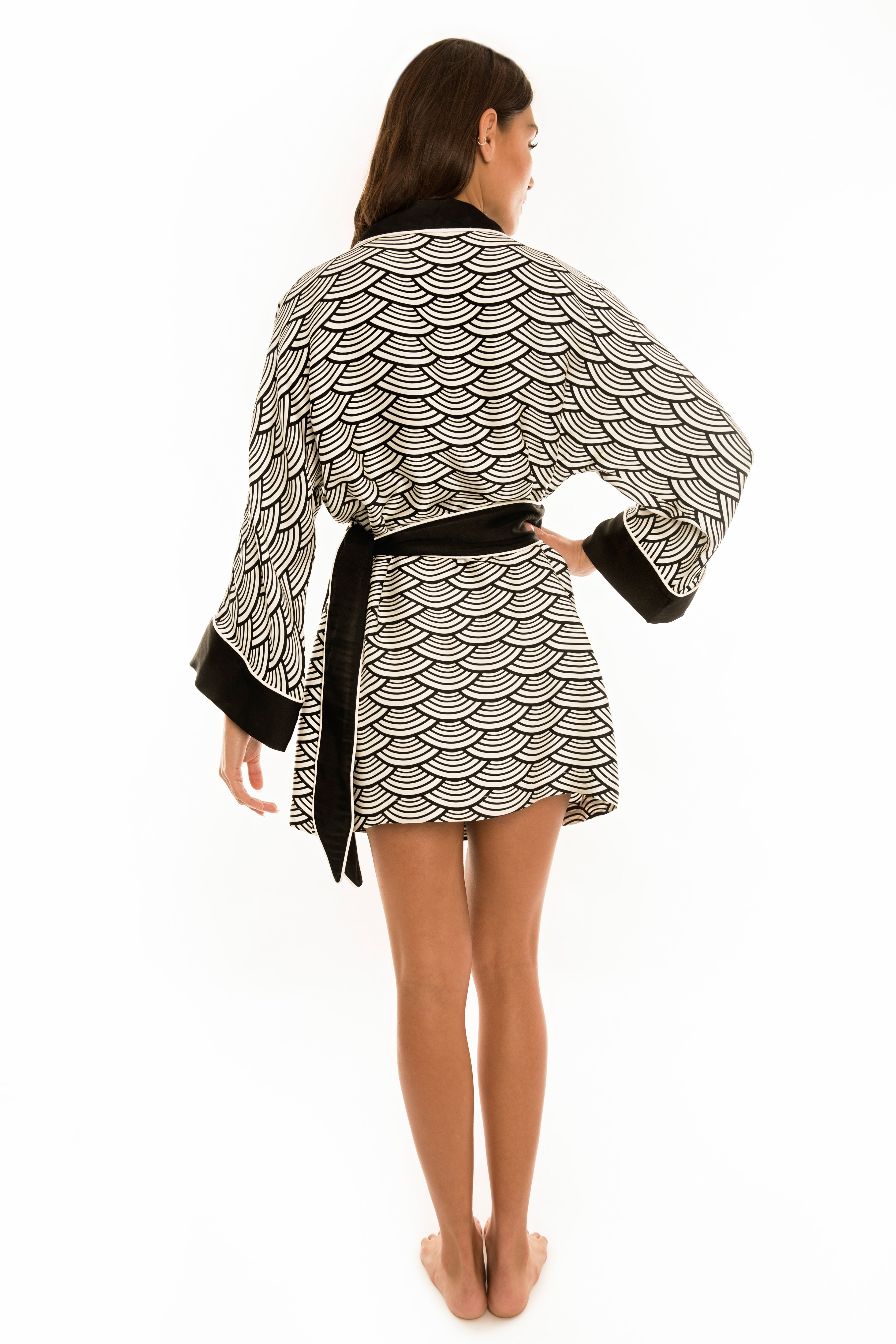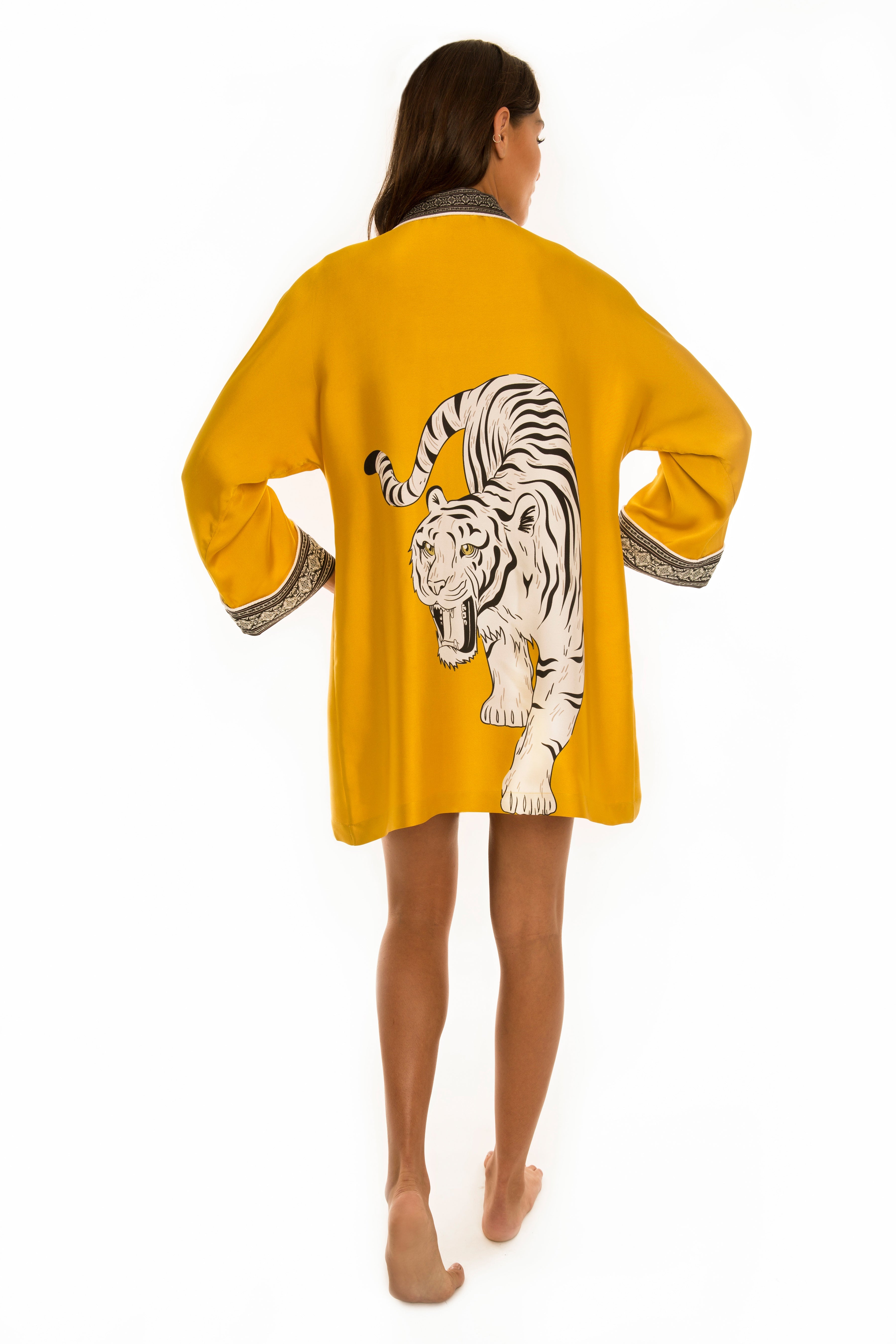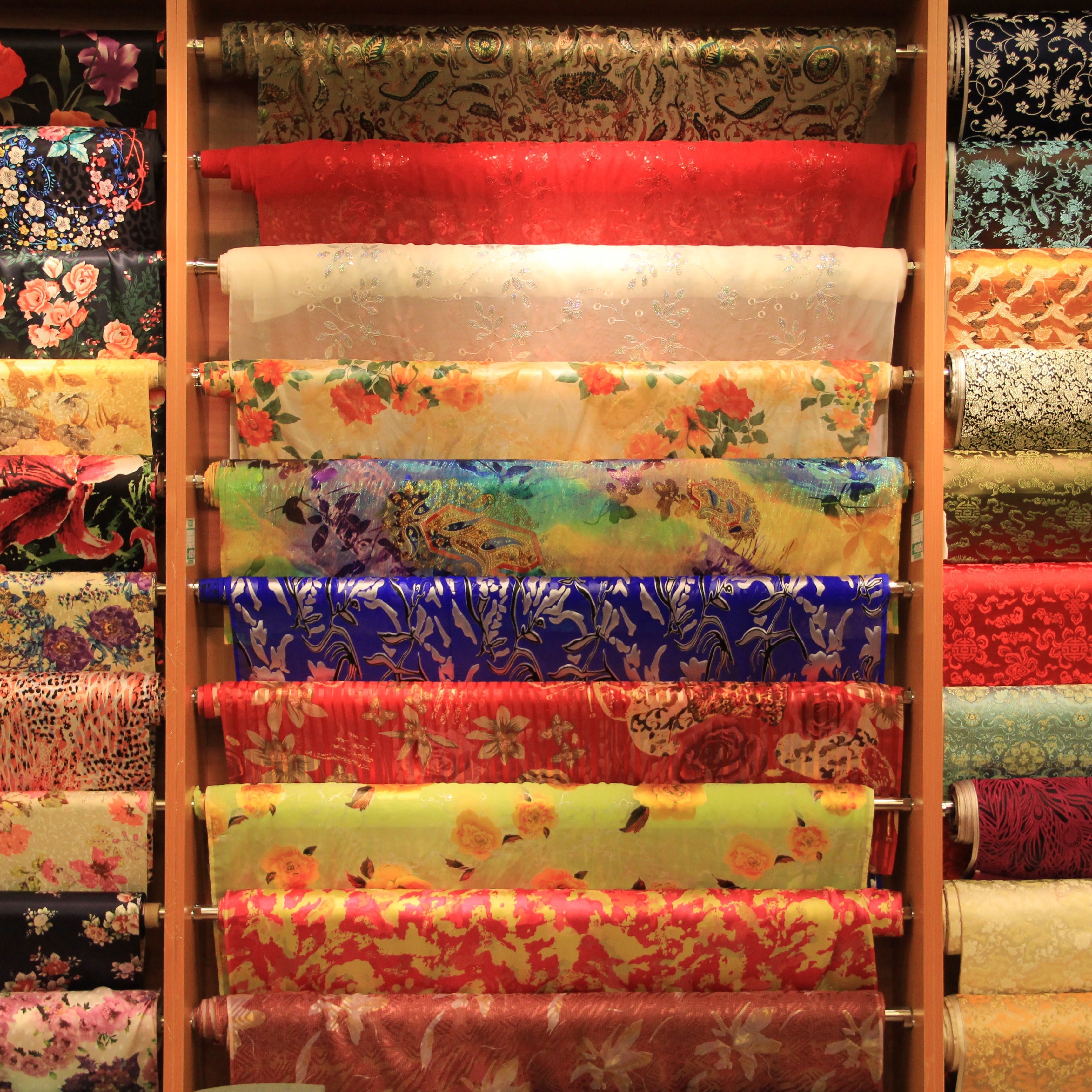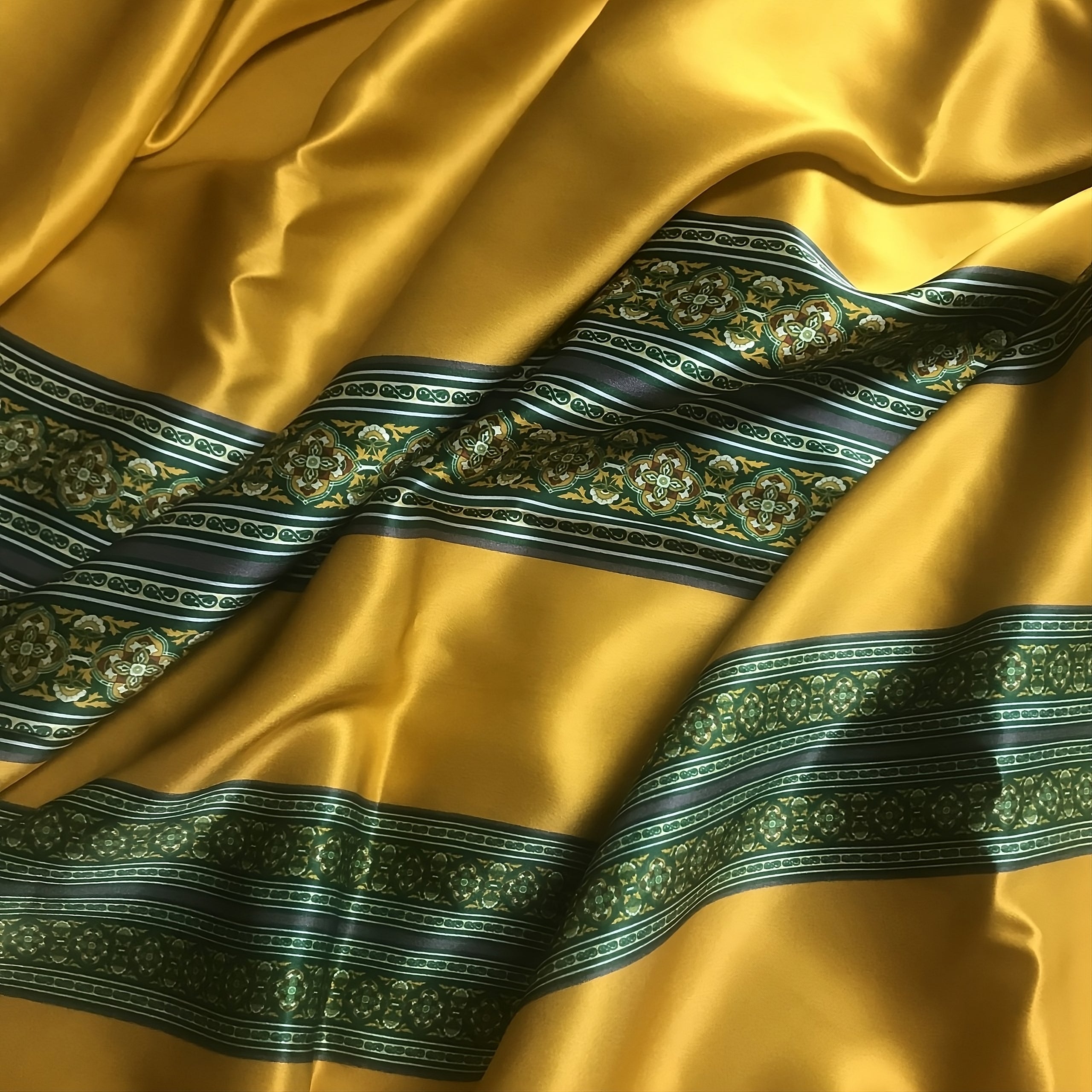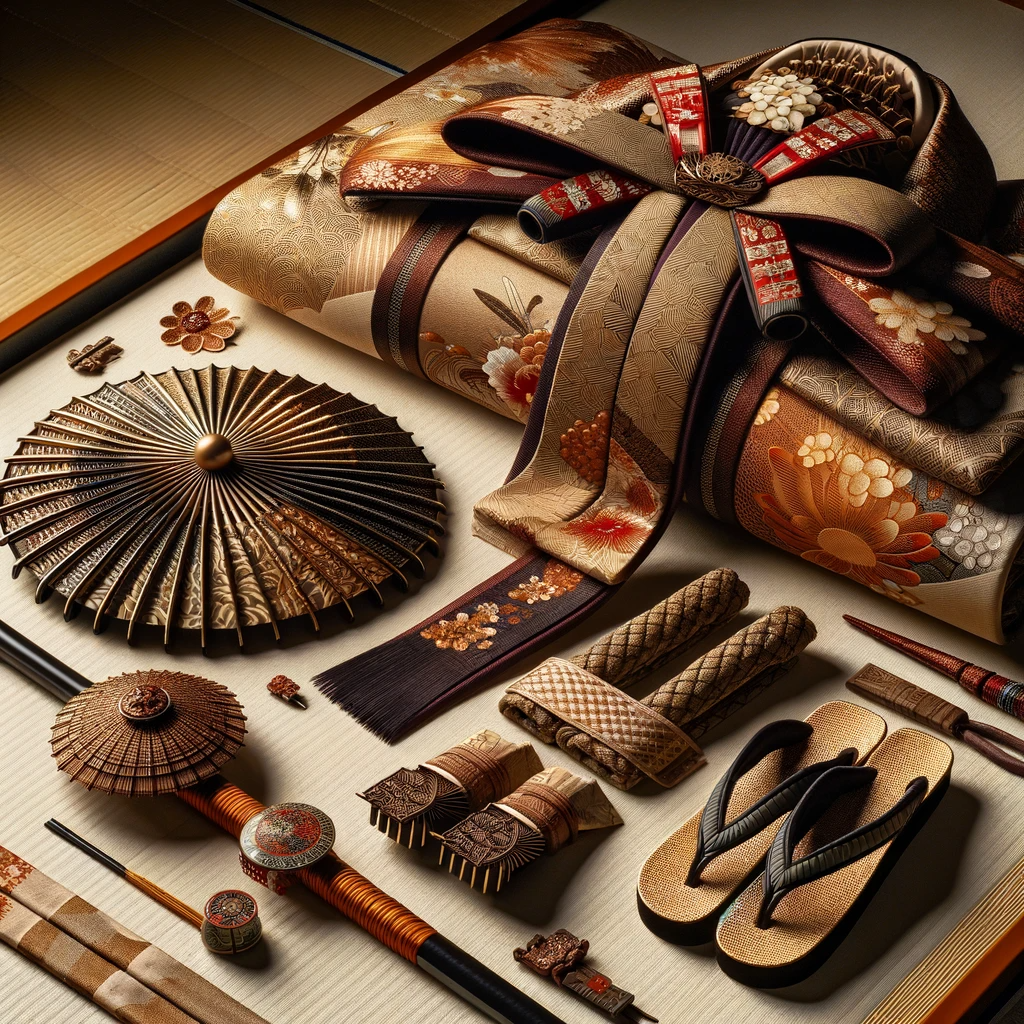The Rituals of Kimono Wearing: Understanding the Cultural Significance
The kimono, a traditional Japanese garment, stands as a cultural icon, embodying the essence of Japan's rich heritage and aesthetic sensibilities. More than just clothing, the kimono is a canvas of artistic expression and a testament to the meticulous craftsmanship that has been passed down through generations. Its elegance and simplicity capture the heart of Japanese tradition, while its diverse styles and patterns reflect the country's seasonal changes and historical influences. As we delve into the world of kimonos, we uncover not only the beauty of a garment but the storied tapestry of a culture deeply rooted in respect, artistry, and a profound connection to nature.
Historical Context
The kimono, with its origins dating back to the Heian period (794-1185), has evolved significantly over the centuries. Originally, it was a simple garment, but as Japanese society evolved, so did the kimono, becoming more elaborate and symbolically rich. During the Edo period (1603-1868), the kimono reached its peak in terms of artistic expression, with intricate designs and luxurious fabrics becoming the norm among the upper classes. Post-Meiji Restoration, Western clothing influenced Japanese fashion, but the kimono retained its cultural significance, symbolizing Japan's history and identity. Today, it remains an emblem of traditional Japanese culture, cherished for both ceremonial occasions and its influence on modern fashion.

The Art and Ritual of Dressing
Dressing in a kimono is an intricate process that reflects the Japanese cultural emphasis on respect, tradition, and meticulous attention to detail. The ritual begins with the undergarments, typically a white cotton kimono known as a "nagajuban," which ensures the kimono sits smoothly and stays clean. The kimono is then carefully wrapped around the body, left over right, and secured with a sash called an "obi." The manner of tying the obi itself is an art form, with different styles signifying various occasions and statuses. Accessories like the "obiage," "obijime," and "zori" sandals complete the ensemble, each playing a role in the overall aesthetic and function of the outfit. This ritualistic approach to dressing not only preserves the traditional method but also embodies a deep respect for cultural heritage and an appreciation for the art of kimono wearing.
Symbolism and Patterns
In the world of kimonos, every color, pattern, and style carries its unique symbolism. Colors like red and white are often used in celebratory kimonos, symbolizing happiness and purity, while darker tones like black and navy signify formality and are frequently seen in mourning kimonos. The patterns also hold meanings: Cherry blossoms represent the transient nature of life, pine symbolizes longevity, and cranes stand for good fortune. The choice of kimono pattern and color can signify the occasion, season, and even the wearer's marital status. For instance, brightly colored kimonos with elaborate patterns are typically worn by younger women, while more subdued tones are chosen by older women. The style and intricacy of a kimono can also indicate the wearer's social status and personal story, making the kimono a deeply personal and culturally rich garment.

Ceremonial and Contemporary Significance
Kimonos hold a special place in traditional Japanese ceremonies, each selected for its symbolic significance. In weddings, brides often wear a "shiromuku," a white kimono representing purity. Tea ceremonies see the host wearing subdued kimonos, honoring the spirit of "wabi-sabi," or the beauty in simplicity. Festivals, on the other hand, showcase vibrant kimonos, celebrating joy and community. In contemporary fashion, kimonos have adapted to modern trends while retaining their cultural roots. Designers often blend traditional motifs with new materials and cuts, making kimonos appealing to a global audience and suitable for everyday wear, thus keeping this traditional garment both relevant and revered in modern times.
In Conclusion
Understanding the cultural and traditional aspects of kimono wearing is essential in appreciating not only a garment but a deep-rooted heritage. The kimono, with its intricate dressing process, symbolic colors, and patterns, represents a blend of history, art, and identity. Its evolution from a ceremonial staple to a modern fashion statement underscores its versatility and timeless appeal. As a bridge between the past and present, the kimono continues to enchant both within Japanese culture and the global fashion arena, reminding us of the enduring beauty and significance of cultural traditions.


